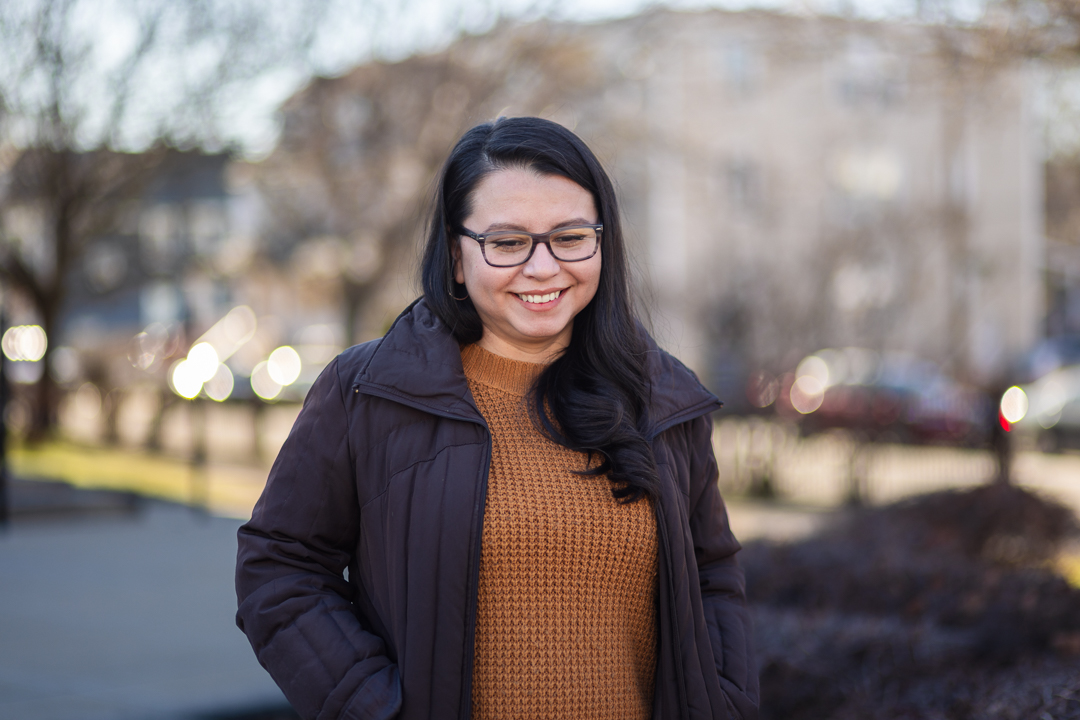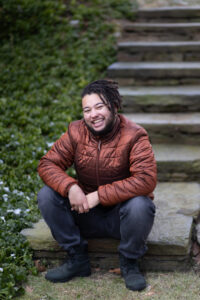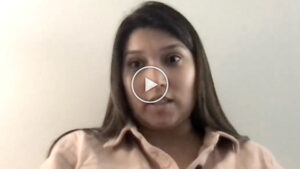My family is from a small village in Guanajuato, Mexico. My dad had been coming to the United States since he was 15 to provide for his family. My mom was hesitant to leave her family and friends, but she knew it was the best decision for her children.
When I was four years old, we crossed the border. It was a difficult and traumatic experience, but I am grateful to my parents for making the sacrifice. I share this story because it’s what keeps me from giving up and what drives the work I do with families and students.
In elementary and middle school, I had to navigate the school system as an undocumented student. My teachers kept me and my parents safe from policies such as Prop 187 in California by equipping us with information about our constitutional rights. To this day, I have so much gratitude for the teachers who did that. I share my story with students to help them understand the challenges that immigrants face and to inspire them to never give up.
When I was 17 years old, my ethnic studies and sociology professors made a profound impact on my life. They helped me contextualize my experiences growing up in Stockton and taught me a history where I learned I had agency to change the world around me. They instilled in me a commitment to social justice and human rights.
Taking ethnic studies and sociology courses taught me that when you look at social systems and history through a critical lens, you can better understand the stories of communities and get at the root causes. I learned about Chicanx/Latinx history. I read a book by a Mexican woman writer for the first time and it completely transformed the way I saw myself. This is why I decided to be an ethnic studies high school teacher.
In my classroom, I help students unpack questions about their world and contextualize them so that they understand they have agency in their communities. We read to read the world. I believe that history and education are important tools for students to access the solutions they will need in the future.
I am committed to creating a classroom where students learn about the history of their family and community and feel safe and courageous to share their perspectives and be involved in their communities. I believe that this is the only way to create a more just and equitable world.
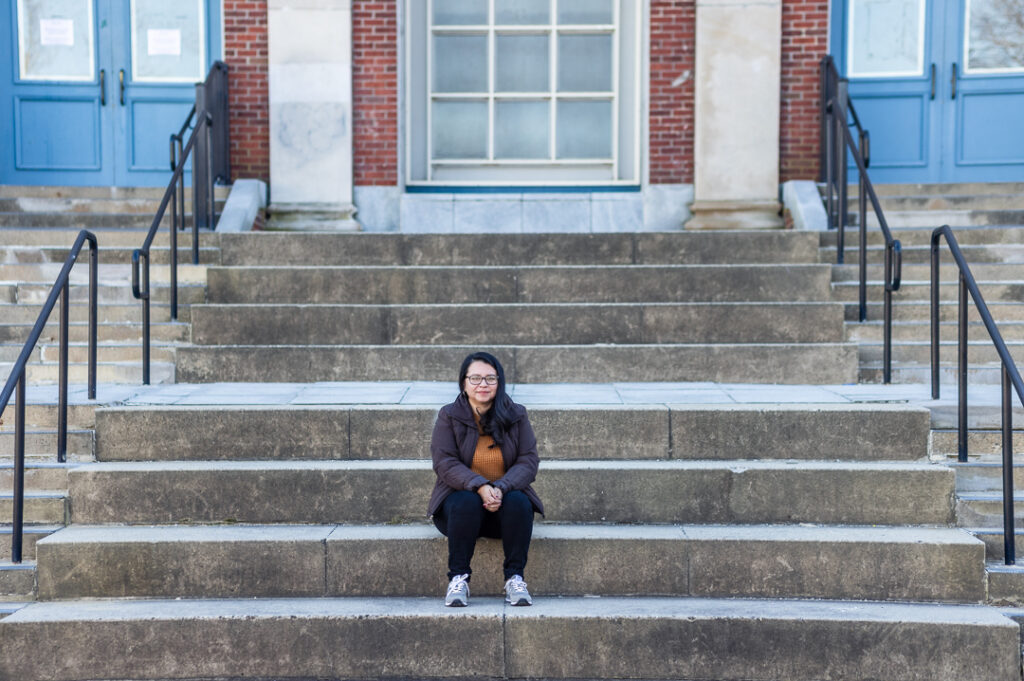
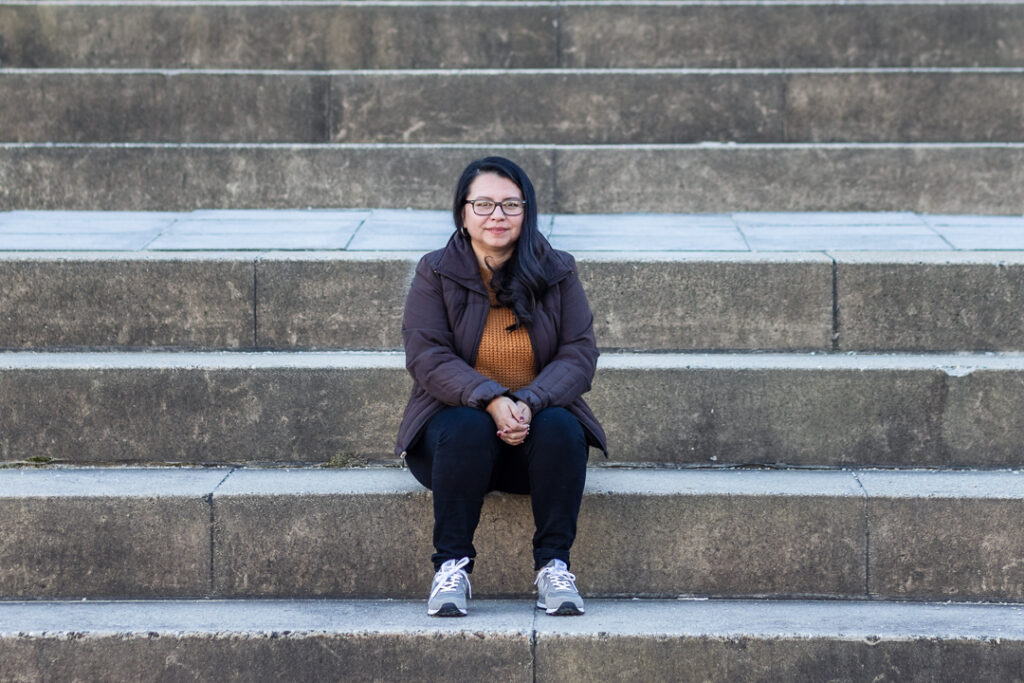
I was part of a club called MEChA, which stands for Movimiento Estudiantil Chicano de Aztlán, or ‘Chicano Student Movement of Aztlán.’ It’s a student movement that was founded in the 1960s by students who demanded access to higher education, teachers who looked like them, and a curriculum where their histories were reflected. Learning about the history of Chicanx students organizing and challenging inequities in their schools and communities inspired me to be involved in the organization. It was a space where I learned to use my voice and agency.
As the first generation of my family in the U.S., I didn’t know what I didn’t know. It was our high school MEChA advisor Horacio Viramontes who encouraged us to go to college. At my high school, most of the student population didn’t have access to post-secondary information or opportunities. My family valued education and they knew it was important for my future, but like most working families we didn’t receive access to information until Mr. Viramontes and the Migrant Ed Program stepped in.
I didn’t step foot on a college campus until I was in high school. It was because Mr. Viramontes took the time to take students to visit college campuses and meet college students, and he helped us with our applications. He was from our community and he knew the need to expose us to the opportunities. There’s power in seeing yourself in a place.
Mr. Viramontes opened doors and opportunities for me and others that I would not have had if I hadn’t met him. He did this intentionally, not by accident. He made a difference in my life, and that experience inspired my commitment to education
As a college student, I was part of organizing conferences for high school students as a MEChA member. We would bring together 200+ high school students from the community and provide them with keynote speakers, workshops, and other resources to affirm their identities and help them to see the impact that education could have on their lives. This experience was important to me because there was power in introducing them to college students who shared similar experiences and were using their education to make an impact.
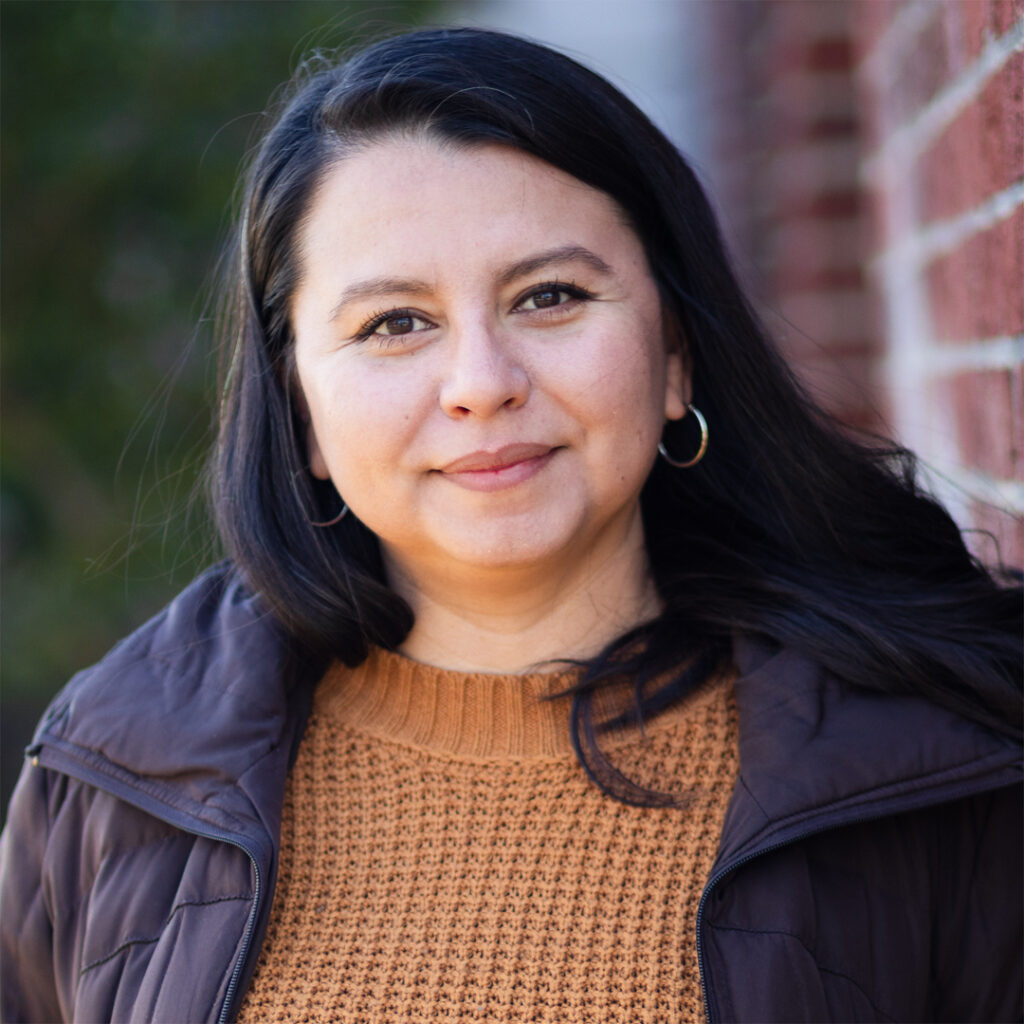
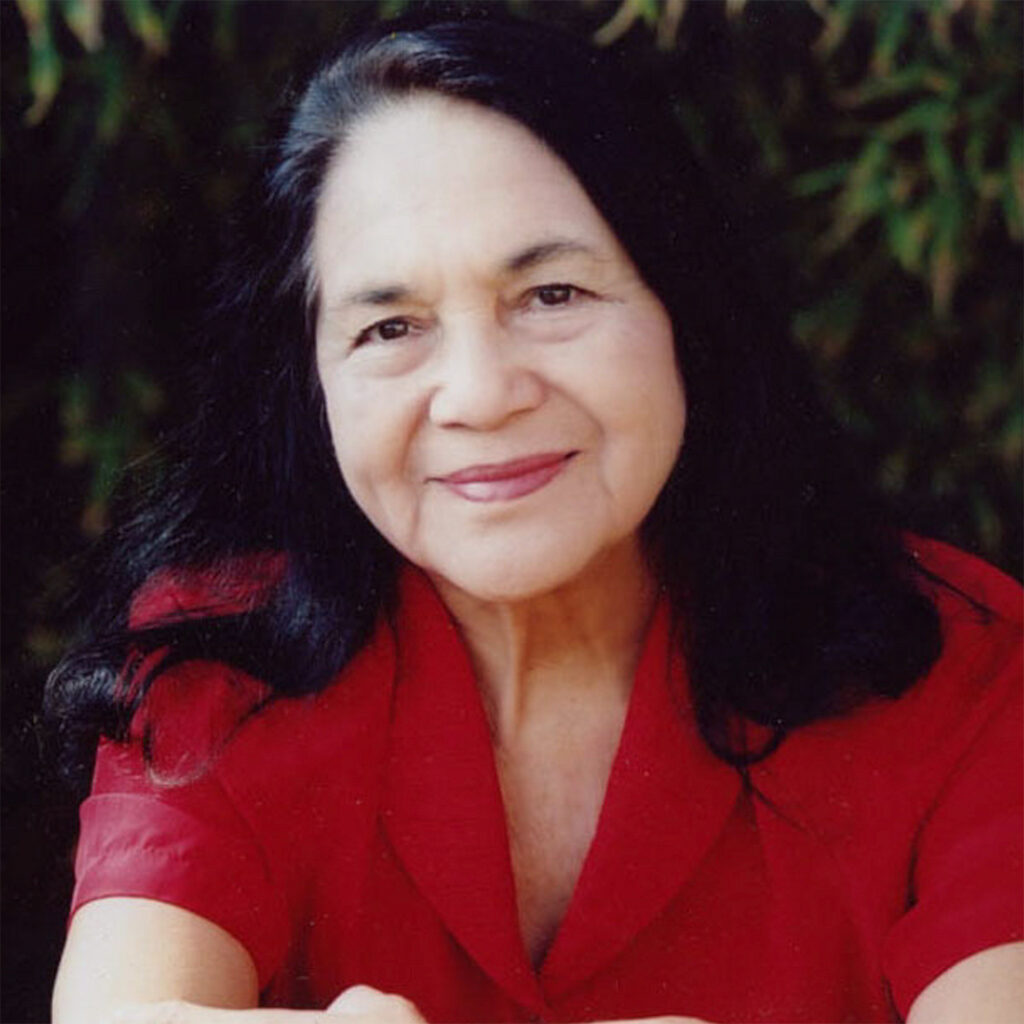
As a Mexicana/Chicana in the U.S., living in between worlds becomes part of your identity. It is important for me to be connected to my family residing in both Mexico and the U.S. I travel back and forth every year to Mexico and am inspired by the tenacity of my family members on both sides. It’s an experience that writer Gloria Anzaldúa coined as nepantla: living in between borderlands, in between spaces. This is part of both my identity and experience, and it’s political.
Learning my history through ethnic studies, Chicanx studies, and stories of my family helped me know who I am, what my purpose is, and where I am going. Learning about Dolores Huerta my first year in college — who lived and taught in Stockton, where I grew up — helped shape my purpose and identity to be committed to education, community, and social justice. I had never learned about her in my K-12 experience, which should not be the case! As a history teacher, I make sure students know her work.

Dolores Huerta helped organize farmworkers for fair wages, the right to unionize, and better conditions for their families. She organized the Delano grape strike along with Cesar Chavez and Larry Itliong, to name a few. She fought for access to education and healthcare for farmworkers’ children. She founded the Dolores Huerta Foundation that currently supports many community organizing efforts. She continues to be connected to social movements at an intersectional level; she is a social justice warrior.
Huerta’s story taught me that there is a need to be involved in and outside of the school building. I fight for equitable access to opportunities and resources for students and families. I work to eradicate systems that are oppressive, as many in my family, students’ families, and the community are impacted. What happens outside of school impacts what happens in the classroom. As educators, we need to be responsive.
The resiliency and strength of my ancestors, family, and community remind me that my identity as a Mexican/Chicana educator has a higher purpose.
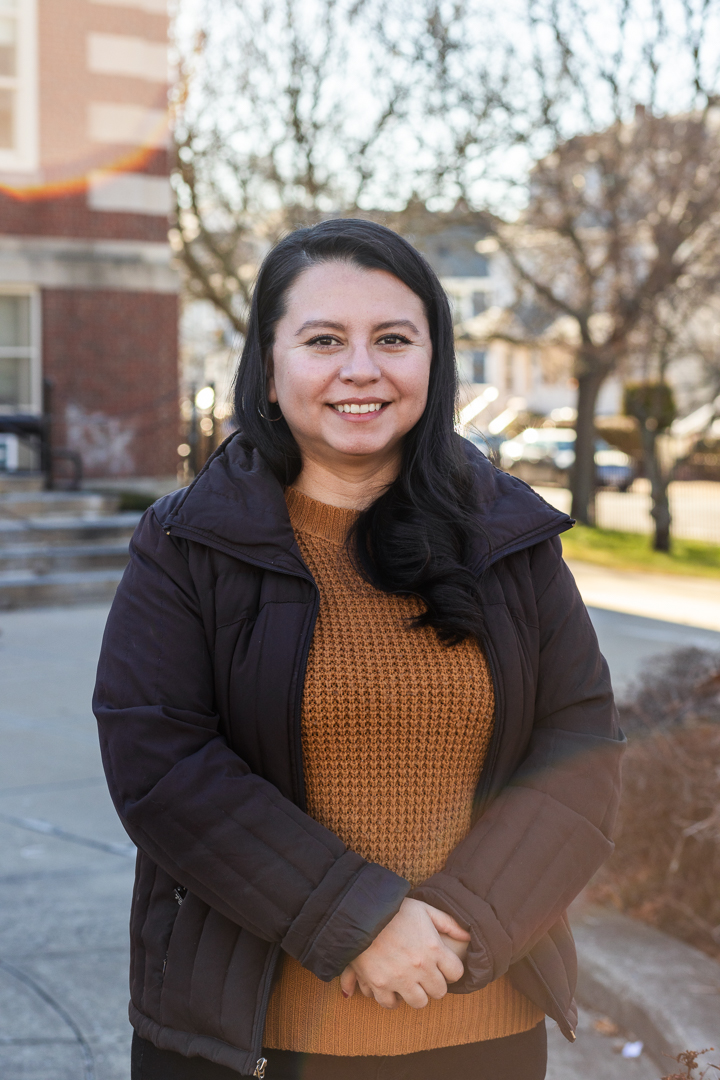
The field of ethnic studies (also known as Third World studies) originated in 1968 as a result of the Third World Liberation Front movement in San Francisco, a coalition between the Black Student Union and other students of color. This student movement called for Black/African American studies, Native American studies, Latinx/Chicanx studies, and Asian and Pacific Islander studies, histories that were not being taught in schools/colleges. It was connected to the Third World liberation movements around the world. Students were challenging and protesting the racism and marginalization happening on and off campus.
I’ve taken graduate-level classes that focus on race as well as ethnic studies. When studying race, you focus on the systemic and institutional perspective, like how the idea of race was created. In ethnic studies, we teach from an intersectional perspective. We look at not only how systemic racism impacts people, but also how ableism, sexism, and other ‘isms’ intersect and impact people. I help students learn how to be more conscious and intentional about equity and inclusivity.
Ethnic studies encompasses a wide range of critical pedagogies, theories, and practices. There are PhD programs in ethnic studies and high school courses from California to Boston. I majored in sociology and minored in ethnic studies with a particular focus on Chicanx/Latinx studies at Sacramento State. I think it’s important to learn about the history and cultures of different ethnic groups, and to understand the ways in which race, gender, and class intersect. At the heart of ethnic studies is the love and understanding of self and others to transform our world. We need to learn to respect and appreciate our own cultures and the cultures of others. It’s about solidarity, transformation, and building with communities for a more just world.
Ethnic studies can help us understand the systemic challenges that we face and develop language and tools to overcome them. It’s about connecting what you learn with daily practice.
As a teacher, I love working with families and hearing their stories about seeing their children thrive in my classroom. I’ve been teaching for almost 10 years, and I’ve taught a generation of young people who are now out in the world doing amazing things. Sometimes, they come back to visit in the same way that I would go back to my high school teachers. And they say, ‘Hey, thank you for teaching us and sharing new perspectives. That helped us see ourselves and the world differently.’
It’s affirming when I see that young people find themselves through the power of their educational journeys.

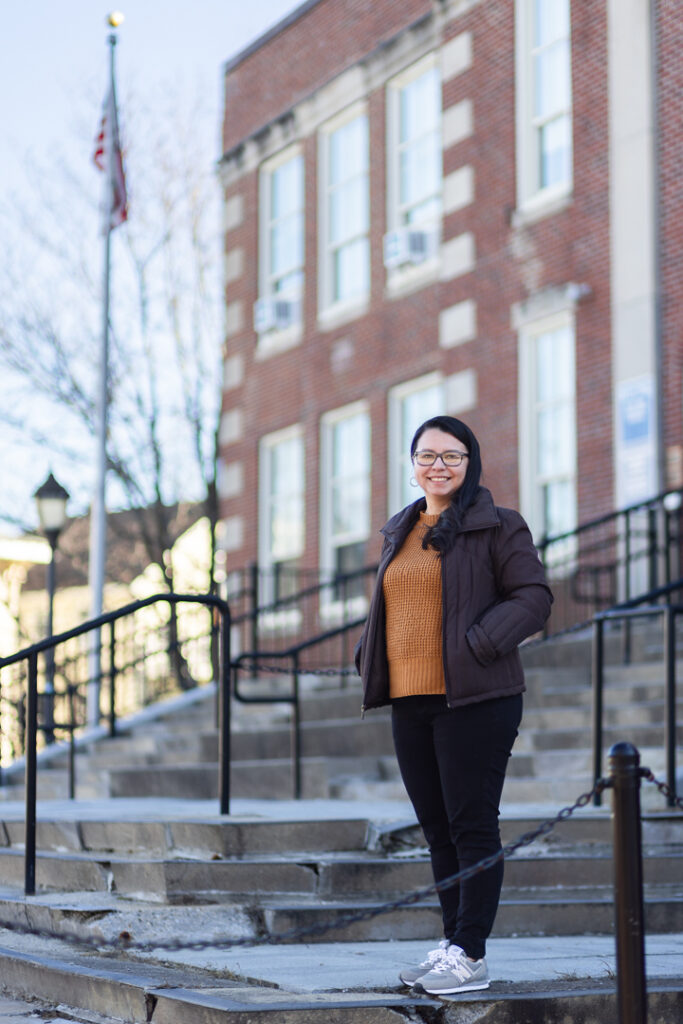
I’ve been fortunate to work with leaders who think outside the box to create transformative educational experiences.
However, as you look at leadership positions in school districts, there are few BIPOC women who look like me or reflect my experience. Because of that, I have been committed to being in positions where I can make change happen. I’ve advised student groups such as MEChA and social justice clubs to teach leadership and organizing skills to youth. I have served with school staff and admin on school leadership teams and school site councils, and I’ve coordinated parent committees and a district-level equity advisory committee. I’ve also partnered with university professors to support Social Justice Institute, which is a collaboration between Sac State, the district, and the teachers union.
My experience taking on leadership opportunities in schools has always come from being responsive to the needs of students and families. I bring my own experience coming from a first-generation family navigating the school system, and I incorporate community cultural wealth into my work inside and outside the classroom.
It’s important for me to continue learning. I have attended and presented at teacher conferences, summits, and organizing groups. In those spaces, I’ve experienced what mutual respect and collaboration looks like amongst students, teachers, professors, and community organizers who are all committed to and value education.
Because of that experience, it’s also important to me to stay connected and involved in the community. I serve on the executive board at Sol Collective, a nonprofit community center focused on the arts, culture, activism, and wellness for youth and community. I was invited to join by my first ethnic studies professor, Eric Vega, and together we organized monthly programming for the Sacramento Activist School. Community education alongside traditional schooling was one of the most transformative experiences because it taught me so much about the importance of learning from culture, community leaders, activists, creatives, and educators. More importantly, that taught me a lot about what leadership looks like.
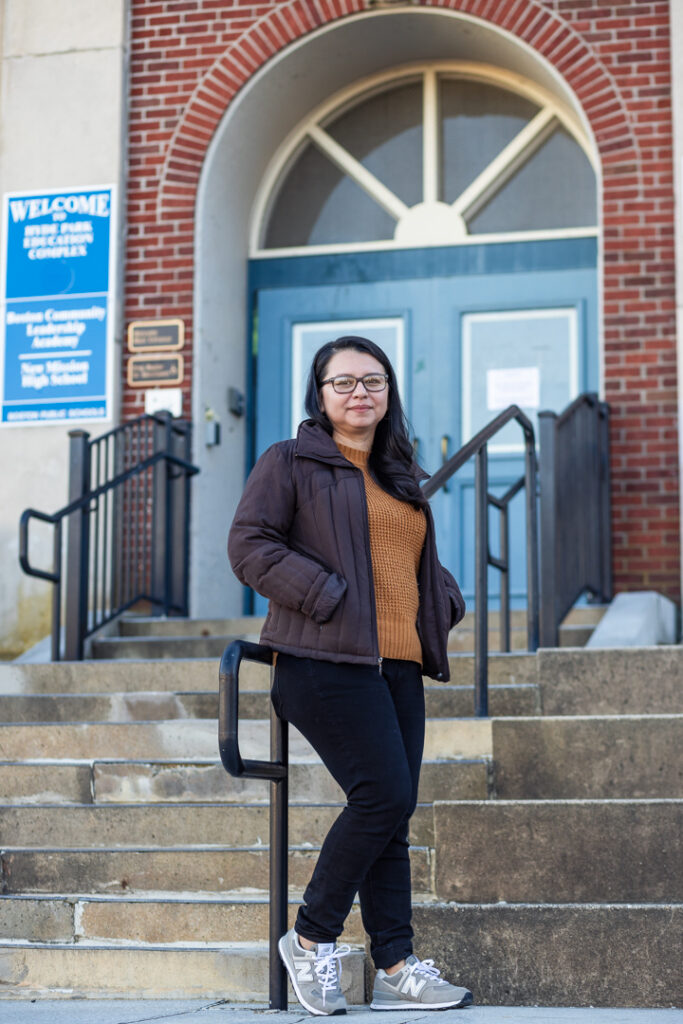
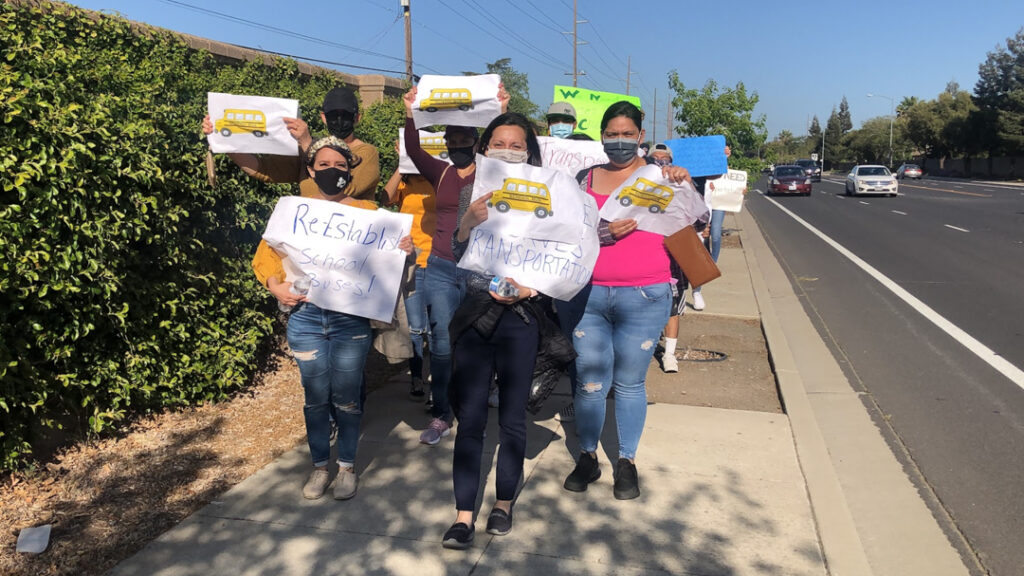
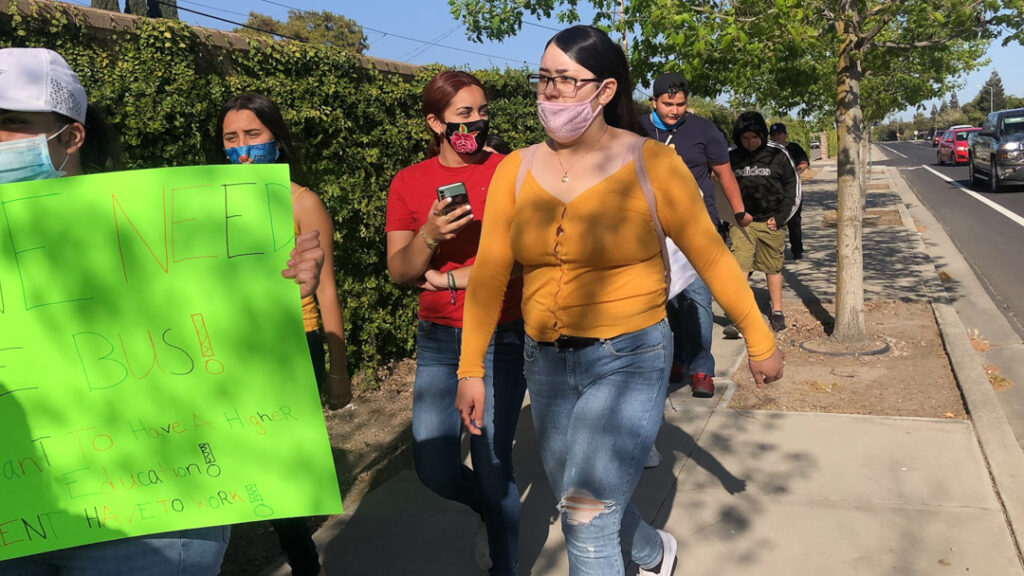
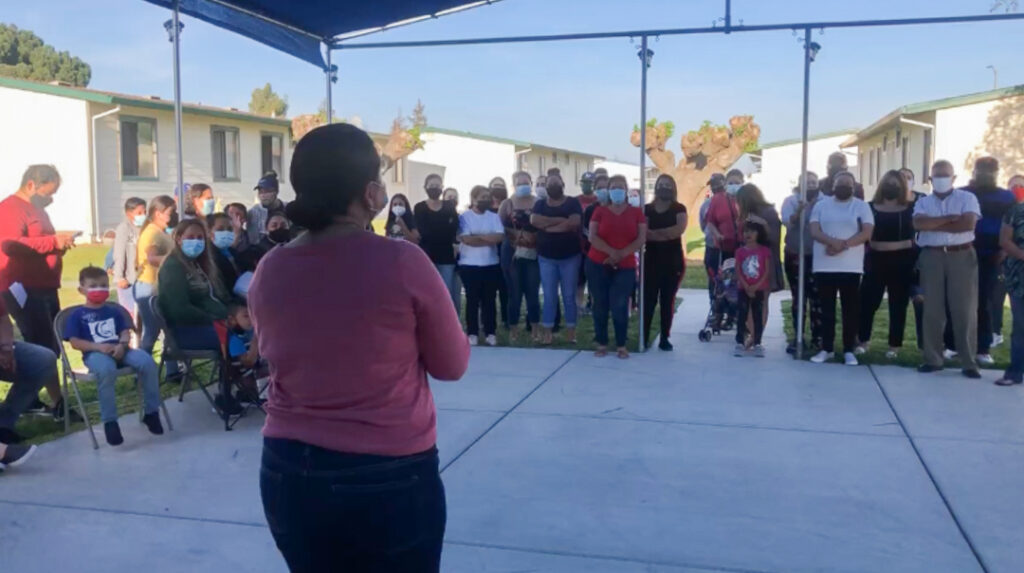
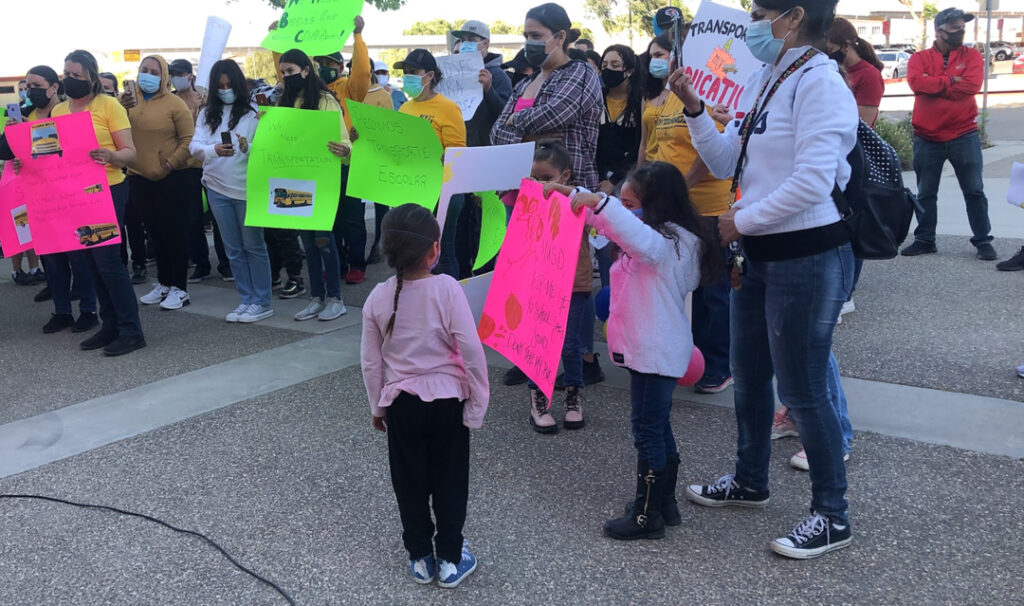
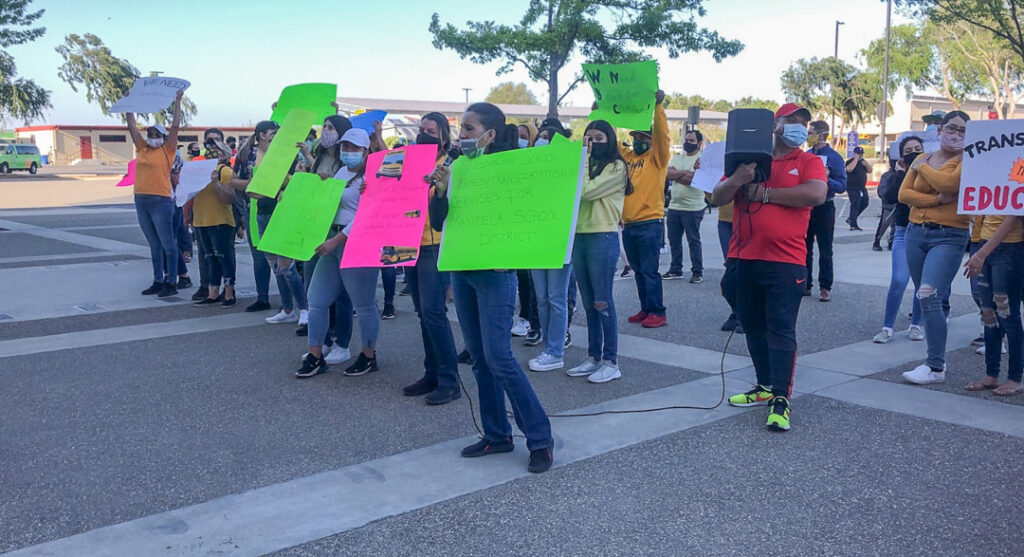
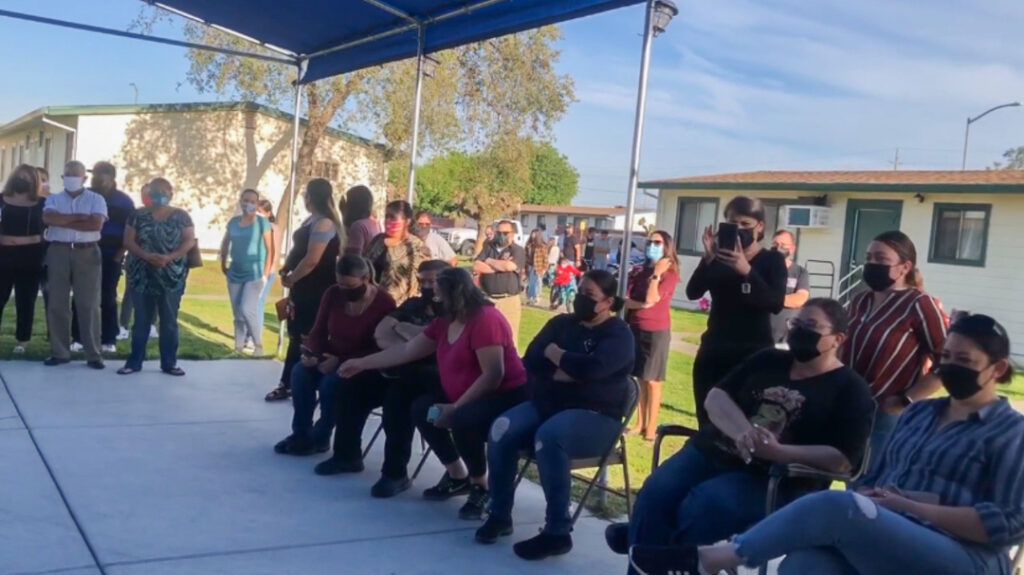
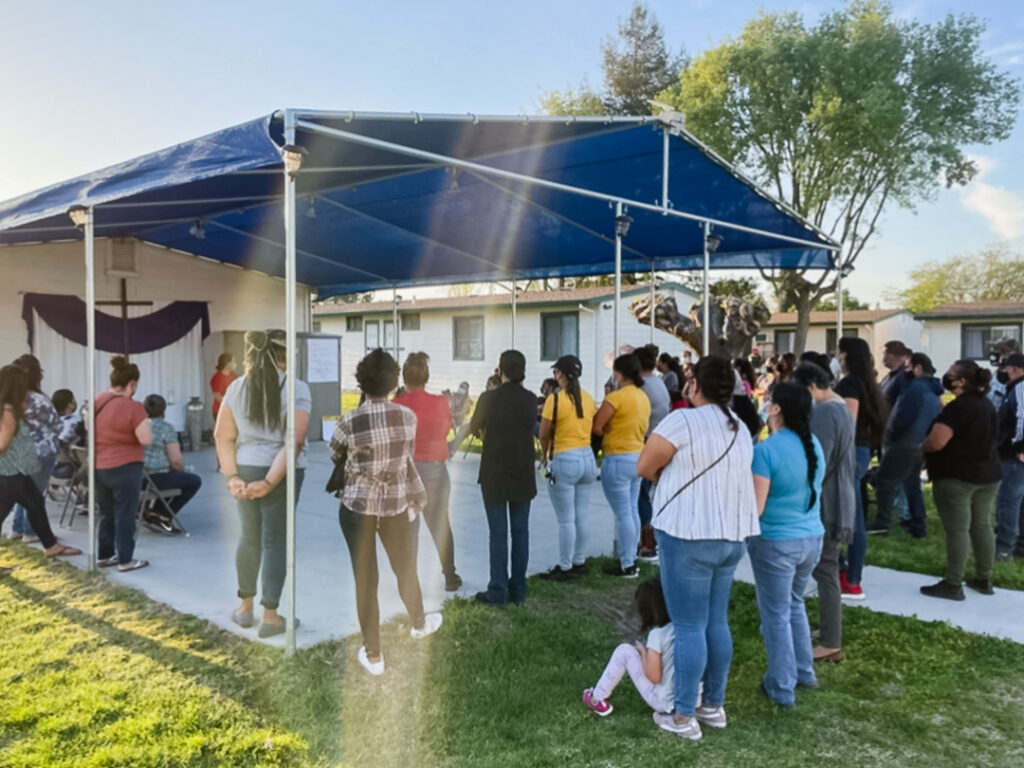
Before I moved to Boston, I was working with students in the migrant program in California. Many of these students live in migrant camps, where they can only stay for 10 months at a time. After 10 months, they have to leave. So a lot of families either go to Mexico or move in with other family members for two months. When the camps reopen, the families can return — but in this case, the school buses that had been transporting the students were no longer being offered by the district and were proposed to be cut for the following years.
I noticed that some of my students were missing from class. When I asked about them, their classmates told me that their parents were struggling to get them to school because they either had to work, no longer had access to school buses for transportation, or were taking care of younger siblings.
The students started sharing more of their stories with me. They said, ‘We’re getting truancy letters during a pandemic, but we don’t have a way to get to school. We want to be in school, but we can’t walk miles down a freeway, past a prison, and on roads with no sidewalks.’
So I contacted one of the parents and hosted several community meetings. Parents started organizing. My role was to facilitate information and to help them understand what rights they had as parents. This collaboration between the students, parents, and me was a multigenerational movement where we organized a march, a press conference, and a community rally, collected testimonies, signed petitions, and testified in school board meetings.
These meetings started in the labor camps. Students from those labor camps collected over 1,000 signatures and documented stories so that the district and school board would understand that making a decision about this line item on the budget would be difficult and complex. But listening is not.
The act of listening to parents is powerful in itself — for them to be met at their home and to be heard. That is significant. Farmworker families, who were essential workers at the forefront during the pandemic, risked their lives so that this nation could eat. Parents who work in the fields need to be treated with much more love and respect. They care deeply about their children’s education, and in this case, they fought for their children’s right to access an education and won!
–Maribel Rosendo-Servin
Ethnic Studies & Social Science Teacher
Boston, Massachusetts
